METS 2014: AIS MOB, Class A N2K, Torqeedo app, Wave WiFi router & more
Last week there were two Panbots roaming the annual Marine Equipment Trade Show (METS) floor. Henning Dürr and Kees Verruijt were there trying to find (some) of what was new and interesting. This first entry focuses on vendors that Henning visited.
AIS MOB and SART with DSC
AIS MOB devices were once called Personal AIS SARTs and are the baby brothers to commercial lifeboat AIS SARTs, but with lower requirements for range and operating hours. The advantage is that they can be made smaller, small enough to be carried by individuals. Since both device classes are relatively new, older displays capable of AIS targeting don’t necessarily handle this type of AIS well (good behaviour illustrated here). Additionally AIS MOB beacons are not yet part of the official GMDSS, so officially the world wide SAR operations do not need to react to them and/or may not have the equipment to use them. Ocean Signal and Weatherdock showed new models with a DSC twist that aims to fix this — as was discussed here on Panbo in 2012.
Two new AIS MOB devices were shown at METS, the Ocean Signal rescueME MOB1 (in photo above) and the Weatherdock easyONE (below). Both are smaller but not significantly smaller than the previous contender, the McMurdo Smartfind S20 (first marketed and discussed here as the Kannad Safelink R10), with the Ocean Signal being the new champion. Both new units feature an antenna that is tightly coiled and will be mechanically released when activated.
The Ocean Signal and the McMurdo/Kannad MOBs are designed to clip to the oral inflation tube of a life vest and feature a cord that goes around the uninflated bladder and connects back to the unit. When the life vest is activated, the activating strip or clip is pulled away from the unit by the force exerted on the cord by the inflating bladder. I like this method as it allows fitting to pretty much any existing automatic lifejacket. As far as I can see, most boaters still don’t regularly wear life jackets while at sea and this design is also a sort of encouragement. What is the point of an AIS SART if you aren’t even wearing a life vest? (I’m not a regular wearer myself — yet — but I guess I should be.) The Weatherdock is activated either manually via a pull-cord or by water contact. All three should fit easily under the cover of a standard inflatable life vest.
The Ocean Signal MOB1 adds a DSC feature whereby an individual distress call is made directly to your own boat (your MMSI is programmed by a PC program communicating with the unit held to the computer screen via flickering light). This helps if your MFD does know how to display an AIS SART or does not have a MOB alarm. A DSC VHF radio will ring reliably without special provisions or software upgrades. Then, in a second step, if you are conscious, the MOB1 lets you issue an all ships DSC distress call by pressing a button. In either case, it seems that the Ocean Signal device only sends out a single DSC distress call because it only has DSC transmit abilities and thus can not receive a DSC acknowledgement, but we are checking on this detail.
Weatherdock also has an AIS SART with DSC capabilities, the easyRESCUE-PRO GMDSS, of which 10,000 units were sold to the German navy. This unit does include a fully compliant DSC controller, so it repeatedly calls your own vessel for 5 minutes unless acknowledged (called “closed loop”) and then automatically switches to all vessel mode until acknowledged (“open loop”). But the easyRescue-Pro can not be installed in a standard life vest, instead requiring one with a special pocket like the Secumar model used by the German navy.
So there’s still no ideal AIS DSC MOB device yet, in my opinion, and never mind integration with a PLB into a single unit. Stuff for next year’s METS – or the one after that?
Class A AIS transceivers
They are not new but I wanted to learn more about the two Class A transceiver designs that seem suited for the owners of smaller leisure boats who want to transmit their vessel data at faster rates and/or greater range (not due to the fear of big ships routinely filtering out that class B targets, because that myth has been laid to rest in my opinion). In Germany, Class A is required for vessels 20 meters or more in length. The authorities for the Kiel Canal, for example, enforce this rule and bigger yachts equipped with Class B must rent a Class A unit in order to be allowed into the canal.
There are two Class A designs that are fairly compact, cost under $3,000, and advertise a NMEA 2000 interface. I’ve learned, however, that the SRT-based model sold as the ComNav Voyager and others never got the software needed for N2K output/input even though the feature was first advertised in 2010! Meanwhile, the AMEC Camino 701 transponder, also sold as the McMurdo Smartfind M5, can output NMEA 2000 target info but can not use N2K heading input, even though heading is required with Class A. In consequence, a converter like the ubiquitous Actisense NGW-1 may be needed with either unit on N2K yachts. At METS I became aware that the Comnav (and probably others) will need not one but two NGW-1s as the NMEA0183 heading input is at 4.8kbps and the AIS output at 38.4kbps. The NGW-1 allows simultaneous input and output but both must be at the same baud rate (since it provides a single RS422 port with a TX and a RX pin).
The AMEC/McMurdo unit uses an external breakout box to provide all connections including the N2K connector but I was told the box does not do NMEA0183-to-2000 conversion. At AMEC I talked to an engineer who understood my request, though he claimed that it was the first time he’d heard it. He considered it likely that NMEA 2000 input for heading data could be added via a software upgrade. But no such feature upgrade is planned yet, it would be considered on special request, and it might turn out to be impossible because of incompatibility with the existing set of functions. NMEA 2000 support would not be added for other data that can be input such as rate of turn.
So in essence, the two Class A transcievers that are attractively sized and priced have “some issues” for use on yachts with NMEA 2000 networks. Then there are experts, including Anders Bergström of True Heading and Kees who don’t think the 12W vs. 2W difference will make a significant difference in range. Both would invest in a better and higher antenna, excellent cable and the fewest possible connectors instead. So I guess I’ll ponder that question for a while longer.
Torqeedo
An updated battery is planned for the 503/1003 models, to be offered from February 2015. This improved battery will allow faster charging with the standard charger and even when charging directly from a 12V source (a boat’s house battery). It also includes a USB port so the battery can charge USB devices when it’s disconnected from the motor (the battery essentially becomes a mobile USB charger with enormous capacity). This change is in the battery only. They will also offer an improved solar charger that can be folded flat, not rolled, will have better performance and will cost about half of the existing solar charger. The current production software has already been modified to allow more abuse, such as shifting from full forward directly to full reverse without shutting down due to the infamous E45 error.
They are also releasing a new Torq Trac app for smartphones. They claim it will work with all phones equipped with Bluetooth 4.0, but the apps are not available yet on any app store. It will also require a Bluetooth dongle that fits between the tiller control and motor.
Wave WiFi Router
I spoke with Exmoor Technology, the the UK distributor for Wave WiFi, who now supply a router with integrated 3G/4G modem. They also have a MBR4G kit that combines the router with a long range Rogue Pro Wifi bridge.
Compare this approach with the WebBoat 4G all-in-one Ben has just covered. I looked at the WebBoat 4G closely and, as expected, it uses standard indoor components and connectors in a dome that I don’t consider waterproof, as perhaps you can see in my photo below.
I see a number of reasons to use a combination of individual components vs. an all-in-one approach and this is what I have done on my boat (a deeper discussion might follow in a future entry).
The MBR4G is sort of an intermediate step in that it combines the 3G/4G cellular modem with the onboard WiFi router but leaves out the WLAN bridge which is intended to be provided by the Wave WiFi Rogue or Rogue Pro. When I asked about the potential for obsolescence of the modem, I was told the router could potentially be upgraded with a new modem as this is a standard component (by Sierra) that connects to the router board via a header. This design will also allow the planned US version to use a different modem as some 3G/4G frequencies are different. The antenna on the unit looks to be much better performing than the internal antenna of a thumb-drive-style USB cellular modem.
Talking about obsolescence and speed of updates, the MBR4G will be succeeded in a few months by a faster version that will also feature dual 3G/4G (MIMO) antennas and a micro USB connector so a thumb drive or external hard disk can be shared via SMB or FTP similar to a NAS.
Radio over IP
Icom now offers five different products around “RoIP” (Radio over IP). The IP100H handset looks like a small VHF but is actually a WLAN client using VoIP. There are matching base stations (access points) as well as control stations and concentrators. The design is intended to cover applications inside buildings or with other problems hampering direct device-to-device radio communication and utilizing proven WLAN technology to work around these problems.
Asking about a marine application, they pointed to super yachts. There’s that. I think it will be a while before my wife and I need this to communicate on our boat. [Kees: one advantage over VHF is privacy as WiFi provides encryption. Of course range and reliability are much lower.]
Android 7-inch Android MFD
Argonaut showed an early prototype of a new “H7 Marina Smart MFD” which is like an Android tablet made into a fixed 7-inch MFD with a high-bright screen and hardware buttons that allow full control of the Navionics charting app. The display on show, while very bright, had strange downsampling artifacts which seemed the exact opposite of “crisp.” George Kioutas, president, said this would be fixed in the final product. As it uses capacitive touch, like all smartphones, it will have problems with water droplets. To be able to make full use of the hardware buttons in that case, I think it should have a button to turn off the touch function. George Kioutas more or less agreed. We will see if some such function ends up in the final product. But note this is an early prototype (with 3D-printed faceplate).
Windex LED light
Windex will release a night light using three LEDs in a smallish triangular case with a hole in the middle that fits over the Windex main pole. There was an incandescent light available which I passed by as it was in no way waterproof and would have been too hard to replace/fix as to make it worthwhile. This looks much better. Kees: I can confirm that the ‘old’ version breaks down pretty soon.


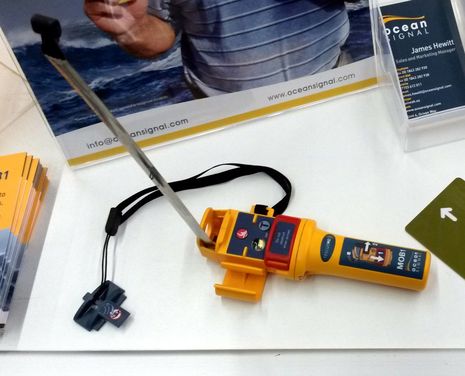
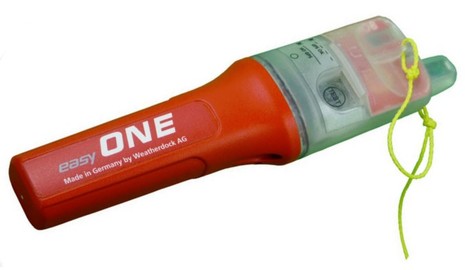
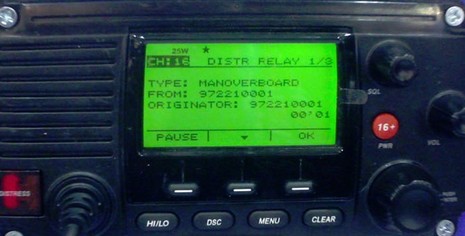
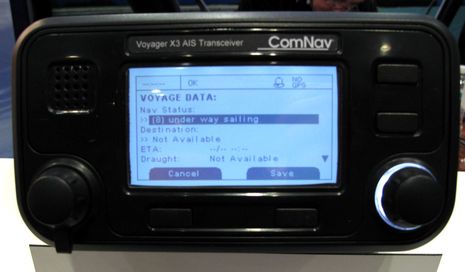
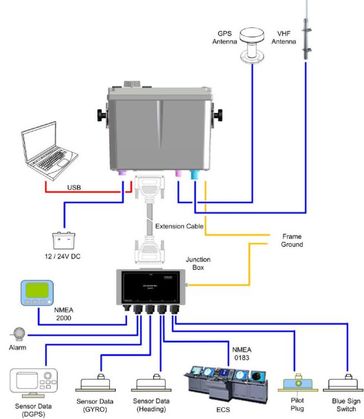
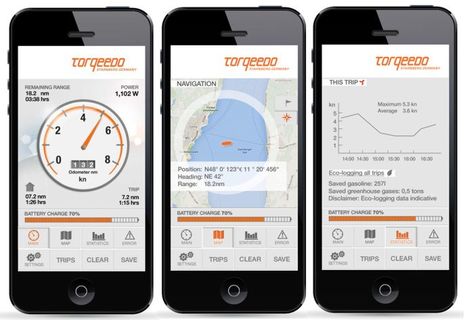
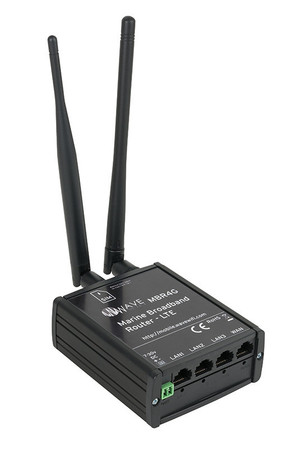
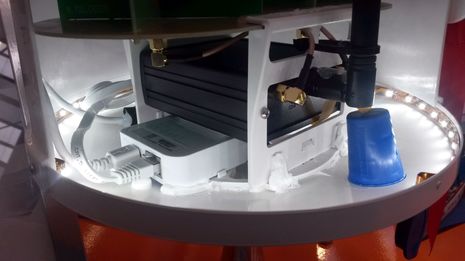
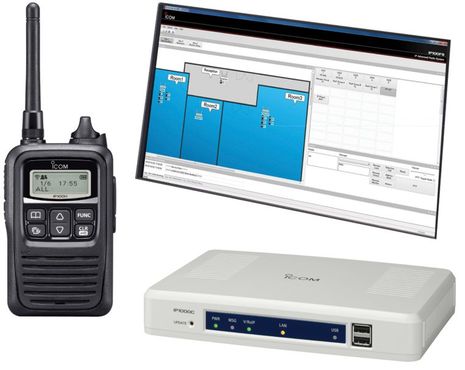
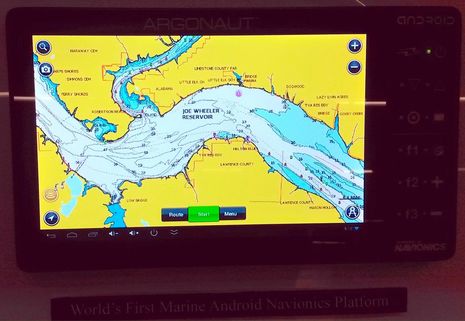
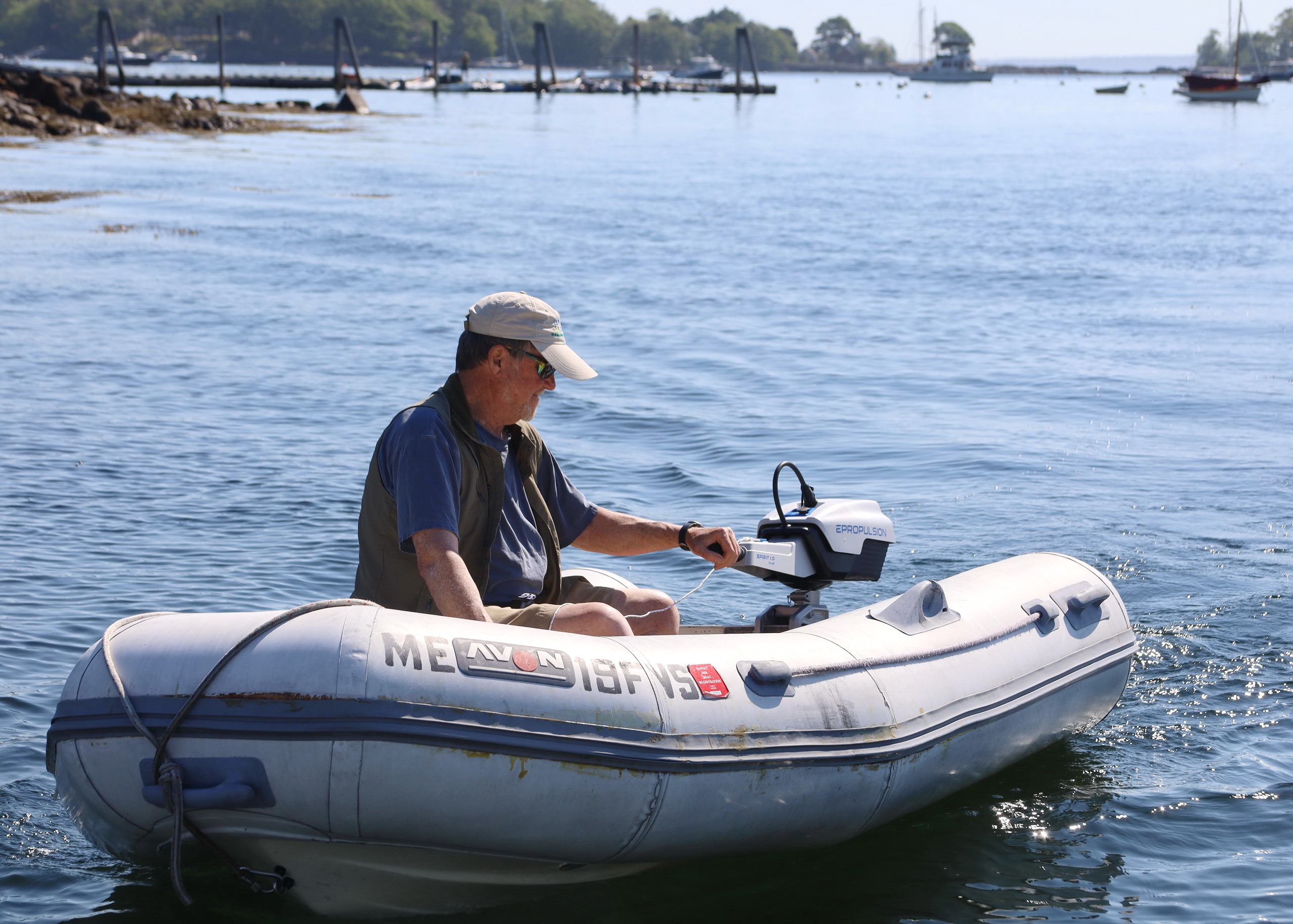

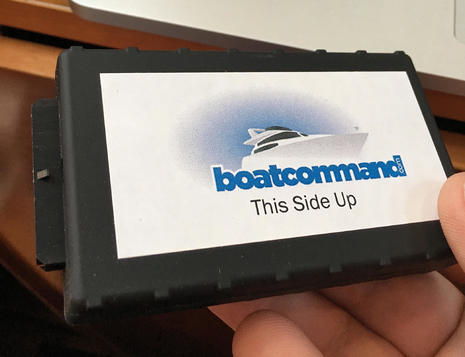









No real technical comment..
I wish I had your job! Getting to play & talk with new equipment and being in a position to talk to the engineers who work on this stuff.
I found this link for the redesigned 2015 Exmoor Wave WiFi 4G router:
http://wavewifi.eu/blogs/news/15904560-new-4g-router-for-2015
Howard, it is – unfortunately – a misunderstanding that I have a job like Ben has. I have to work for money like most other people, currently helping a car financing bank change their core banking system. I do it for the money, which, just barely, allows me to finance my “boating habit” (when asked if it is expensive to have a boat, I usually reply “about as expensive as a gambling or a drug addiction”).
But you can visit METS, too. All you have to do is claim that you work in the marine industry. Which I do – or did. This last year I was on a sailing sabbatical and therefore my occupation was “professional boat captain” – only with lousy pay 😉
David Sheekey, Product and Approvals Manager at Ocean Signal wrote this:
“Thank you for the coverage of the rescueME MOB1. It received a very good reception at METS from the visitors. To clarify, for the USA the MOB1 will transmit the Individual Distress Relay call to your vessel. This call will be repeated every five minutes (plus/minus 6 seconds). The manual selection of a Distress Alert will not be allowed and will be disabled.
Please note that the MOB1 has not yet received FCC approval and may not be offered for sale in the USA.”
David also explained to me that “In practice, because we immediately repeat the first {individual} call when GPS lock is gained, you will actually get two calls initially in a close space of time, the five minute interval from the second call. For units where it is allowed, then a five second button press will send one single Distress Alert attempt. The button can be pressed again at any time.”
What I’m learning is that there is no international standard about how a MOB device should do automated DSC calling, but in the U.S. the RTCM has suggested two alternative methods. One is what the U.S. version of the Ocean Signal MOB1 will do while the other is more like what the Weatherdock Pro unit does. But the latter requires a DSC receiver and therefore must be larger.
Regarding how typical recreational chart plotters might respond to an AIS Message from an AIS SART:
It would be interesting to test the response by having a valid AIS message sequence from a typical AIS SART, and then sending that sequence to a chart plotter over an NMEA-0183 interface by pasting the message into a terminal window on an attached terminal. In this way a number of people could test their chart plotters. All that is needed is a sample of an AIS SART message. If anyone has such a sample message, perhaps they could post it here. I would be glad to test my chart plotters and report the results.
Jim, I don’t have a valid AIS SART message for you and cannot record one as I don’t own an AIS SART myself at this time. As we all know, the structure of such a NMEA0183 sentence is defined in the NMEA0183 standard, which, if you had purchased it, you weren’t allowed to disclose publicly. But anyone NOT having purchased the standard could record one legally and publish the data here. Those most readily in possession of a sample sentence will be the manufacturers but they will likely all be bound by the standard and cannot disclose.
But your idea is good and not hard to do. You will need a software tool to create and connect virtual serial ports, though, such as this one: http://www.eterlogic.com/Products.VSPE.html
I did this when I wanted to test compatibility of Coastal Explorer with the DSC+DSE sentences for incoming DSC calls. I had located a sample sentence on the internet and tested in the way you describe. At first I couldn’t see the result but then, after zooming all the way out, I found the red dot very close to 0 degrees latitude/0 degrees longitude, to the west of Africa. The friendly poster of the sample sentence must have gotten the decimal places wrong 😉
But note this tests for compatibility with NMEA0183 only. For NMEA2000 you would probably want to look at Kees’ Canboat software, to be used with an NGT-1, and learn how to build a binary NMEA2000 PGN. Or else use a NGW-1 with the terminal window-method (but this may introduce errors due to the conversion).
Also, many or all AIS SARTs will support a test mode and there is a test sentence defined in the standard along with a test “AIS SART Active” symbol to be displayed on the chart. Very helpful to test range, for example, but I would still look for a way to test the real message. My feeling is that all developers and product testers will always or nearly always use the test message and so the real message may never have been used, ever. Didn’t Garmin have a problem once where the entire MFD froze on receipt of the real message?
Henning has made an interesting observation. Let me expand it a bit.
The contents of the AIS messages that are to be sent by the RADIO transmission are well defined and documented in open standards. It seems that the NMEA data sent from an AIS receiver as a result of receiving these radio transmission has somehow become considered a secret or at least something that NMEA is unwilling to disclose without payment and binding the recipient to further secrecy.
It is quite simple to feed the NMEA-0183 serial data output from an AIS receiver into a terminal and capture the data. I have done this often as a way to compare the response of chart plotters to the same input data. If I only had an AIS SART available for a few short hours, I could record the output of my AIS receiver when the AIS SART was sending a TEST message.
ASIDE: A very capable computer navigation program, PolarView NS, will write incoming NMEA-0183 data from an attached AIS receiver into a log file. The software is also so versatile that it can then play out the data from the log file and send it as NMEA-0183 output on the terminal’s serial port. I use this method to first record AIS data, and then to play it out to various connected chart plotters to see what they do with it.
Hi Jim,
I think you’ll find this site useful:
http://catb.org/gpsd/AIVDM.html
You can also get a sense of what AIS SART test messages look like in NMEA 2000 format from the screenshots here:
https://panbo.com/archives/2011/05/ais_sart_plotting_nmea_2000_ais_problems.html
I have logged AIS SART tests but would be hardpressed to find them, and the test gear is 1,000 miles away right now. Sorry.
Note that logging AIS NMEA 0183 output is fairly easy. Every transponder setup utility program I’ve seen can do it, and some transponders can record the 0183 stream right to an SD card.
Yes, I am familiar with that site. I could try to roll-my-own NMEA message from an AIS SART. But I wouldn’t be certain my message would be the same as the actual message from an AIS SART.
If crafting your own NMEA messages you will find it necessary to generate a valid checksum, and for that I found it very useful to let a checksum calculator do the work, like this site’s:
http://nmeachecksum.eqth.net/
Well done Henning! I enjoyed reading this.
I have obtained a sample AIS-SART message and simulated reception of it and connection to my chart plotter. I show the results in a separate article
http://continuouswave.com/ubb/Forum6/HTML/003687.html
as there are several screen captures involved which can’t be easily incorporated here.
Thanks to Weatherdock AG for supplying the sample AIS-SART message.
The executive summary: the chart plotter responded to the AIS-SART as if it were a normal position message from a Class-A vessel; no alert or alarm was raised.
Thanks, Jim, but I’m surprised at your HDS results. In this 2011 entry you can see a Lowrance HDS12 putting up a SART ACTIVE alarm in response to a Weatherdock easyRescue:
https://panbo.com/archives/2011/05/easyrescue_personal_ais_sart_hands-on_1.html
It’s not uncommon, though, for older MFDs to only see an AIS SART’s Class A position message, which is one reason the Ocean Signal’s DSC alarm seems like a good idea.
But then again a lot of current MFDs handle AIS SARTS and their AIS MOB sisters well, as shown here:
https://panbo.com/archives/2012/09/ais_mob_sart_display_garmin_nails_it.html
Today’s entry about the Vestas shipwreck also shows Expedition charting software handling a Kannad AIS MoB SART nicely.
Ben–The screen shot in your prior article looks like a SIMRAD device, not a Lowrance HDS. My HDS-8 is up-to-date on firmware, but it is the older generation. Also, perhaps the range to the target, in my case 4,000-miles, suppressed an alarm. Unfortunately, that was the only test sentence I had to try.
Since there is at least one generation (and perhaps soon to be two generations) newer Lowrance HDS devices now in production, the response to AIS-SART signals of the newer devices may improve compared to my c.2010 device.
I did notice the AIS-SART reporting on the chart plotter screen seen in the article on the VESTAS grounding. That was quite a coincidence in terms of this discussion.
You’re right, Jim, the screen shot is from a Simrad NSE but as I wrote in the entry “…the Lowrance HDS and Simrad NSE also threw up a useful message alarm as you can see on the screen below.” I can recollect the scene in my basement lab now and it was actually a first generation HDS10 I’d been loaned in 2009 and obviously the test was pretty close to real world. It was this guy:
https://panbo.com/archives/2009/08/18_radome_testing_part_2.html
The only way to ring an alarm from a MoB is by using DSC…
Thanks, Glenn, but I’ve seen MFDs that do recognize an AIS MOB signal like a regular MOB button alarm and can extend their weak alarm “beep” to a loud external alarm. I’ve even heard of offshore racing boats that install a small Garmin MFD specifically to handle MOB AIS alarms.
https://panbo.com/archives/2012/09/ais_mob_sart_display_garmin_nails_it.html
But I too really like AIS MOB beacons with the added DSC feature — like Ocean Signal’s — because just about every boat out there is already set up for very loud DSC alarms.
Seems OpenCPN is compatible with the AIS MOB messages.
http://opencpn.org/ocpn/AIS_SART